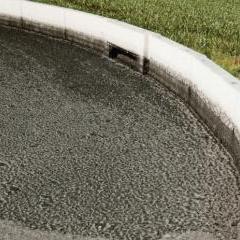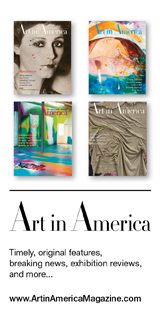Cow Dung Goes High Design
News from the Web
Two Italians are turning manure into renewable electricity —and the inspiration for a museum.
Following the scent of one big idea.
THE DAIRY FARMER Gianantonio Locatelli climbed up the steel ladder and peered over the brim of a large corrugated vat, about the size of a very deep above-ground swimming pool. “It’s full!” he exclaimed, with warbling joy. “It’s beautiful!”
The vat was full of liquid cow dung. I handed my phone to Locatelli’s friend, the architect Luca Cipelletti, and climbed the ladder to the top, disembarking on a viewing dock. Beneath my feet the manure bubbled and gurgled, forming foamy peaks and crests. It was a topographical map, a primordial stew. A rich and beautiful shade of brown.
The day was sunny, with a gentle wind. T-shirt weather. From the top of the poop vat we had a view of the entire Castelbosco farm, one of eight farms run by Locatelli in the province of Piacenza, about an hour south of Milan. We could see the barns, home to some 1,500 dairy cows that produce milk for Grana Padano cheese. Their roofs and eaves were painted in cheerful geometric patterns by the British artist David Tremlett: yellows, fuchsias. We could also see the 13th-century medieval castle where Locatelli lives from May to November with his wife, Laura, a cheesemaker. We had breakfasted there a little while ago.
Another vat, this one disused, was directly behind us. At first it appeared to be some kind of “green roof” building. But the verdure that covered it had sprouted spontaneously, nourished by the remnants of fecal waste. It reminded me of the wild grasses of Manhattan’s High Line.























